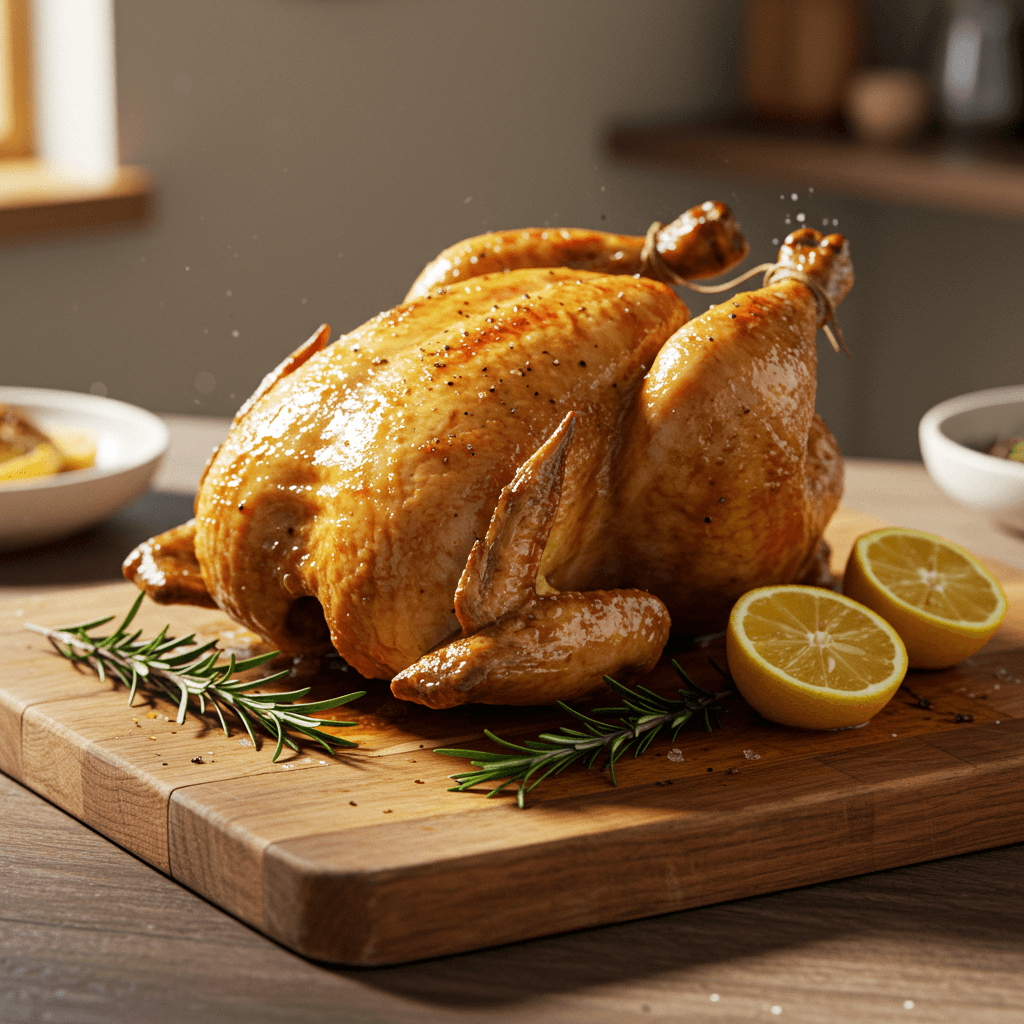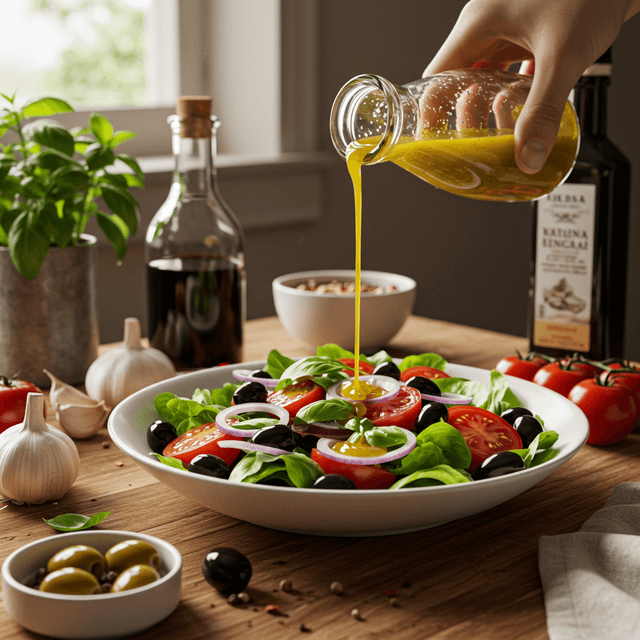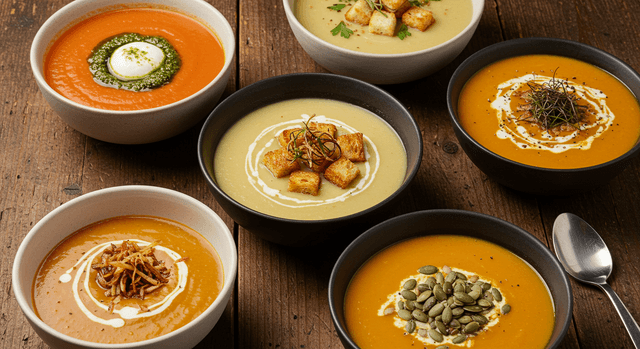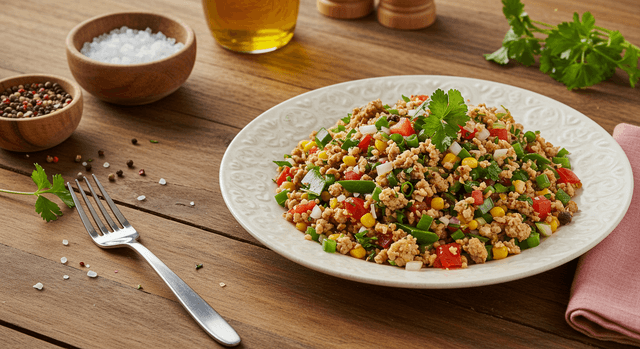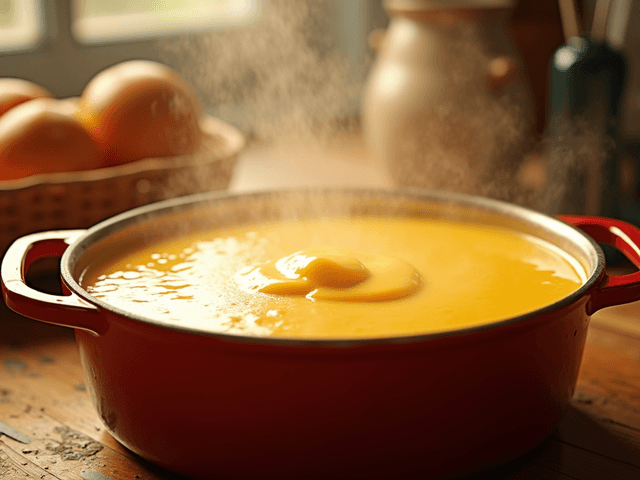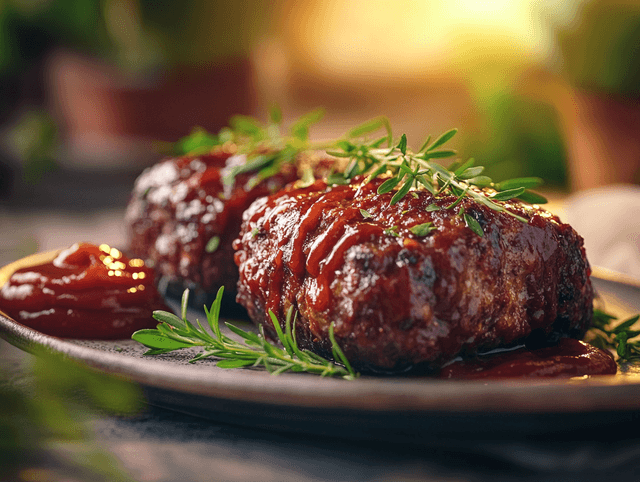Skip the Fast Food, Make This Amazing Roasted Chicken!
Are you staring at your phone, tempted to search for `chicken wings near me` or wondering if `Kentucky fried chicken near me` is the answer to your dinner dilemma? We’ve all been there – that craving for juicy, flavorful chicken that feels just out of reach. But what if we told you there’s a far more delicious, satisfying, and surprisingly simple alternative waiting in your own kitchen? It’s time to put down the phone and elevate your chicken game from takeout to homemade masterpiece.

Why Roast Your Own Chicken? A Delicious Departure from Takeout
The superior taste and freshness of homemade chicken.
Forget the mystery ingredients and often greasy texture of fast food chicken. Roasting your own chicken means you're in control of every aspect, resulting in an undeniably fresher, more vibrant taste. The aroma alone as it cooks will make your mouth water, and the tender, succulent meat paired with crispy skin is a culinary experience fast food simply can't replicate.

Control over ingredients and portion sizes.
When you roast your own chicken, you know exactly what’s going into your meal. You can choose high-quality ingredients, control the amount of salt and fat, and avoid artificial additives or preservatives. Plus, you can easily tailor portion sizes to fit your family's needs, ensuring everyone gets just the right amount without waste or overindulgence.
Cost-effectiveness compared to frequent `Church's chicken near me` visits.
Let's be honest: those frequent `Church's chicken near me` runs add up. A whole roasted chicken is incredibly economical, often costing significantly less than a family meal from a fast-food chain. Not only do you get a fantastic main course, but a single roasted chicken can also provide delicious leftovers for days, stretching your budget further.

Simple Ingredients for Unforgettable Flavor
A detailed list of everyday ingredients.
You’ll be surprised how few ingredients you need to create something truly spectacular. Here's a basic list to get you started:
- 1 whole chicken (3-5 lbs), giblets removed
- 1-2 tablespoons olive oil (or other high-heat cooking oil)
- 1-2 teaspoons sea salt
- 1 teaspoon black pepper
- 1 teaspoon garlic powder (optional)
- 1 teaspoon onion powder (optional)
- Fresh herbs (rosemary, thyme, parsley – optional, for cavity)
- 1 lemon, halved (optional, for cavity)

Substituting ingredients and adapting the recipe.
This recipe is incredibly flexible! Don't have fresh herbs? Dried herbs work too. Want a little kick? Add paprika or cayenne pepper to your seasoning mix. No lemon? An onion quartered in the cavity works wonders for flavor. Feel free to experiment with your favorite spice blends to make it uniquely yours.
A Step-by-Step Guide to Perfectly Roasted Chicken
Preparing the Chicken: Seasoning and pre-roasting techniques.
- Preheat Oven: Set your oven to 400°F (200°C).
- Prepare Chicken: Remove the chicken from its packaging and pat it thoroughly dry with paper towels. This step is crucial for crispy skin! Remove any giblets from the cavity.
- Season: Rub the entire chicken (inside and out) with olive oil. In a small bowl, combine salt, pepper, garlic powder, and onion powder. Generously sprinkle this mixture over the chicken, making sure to get it into all the nooks and crannies.
- Aromatics (Optional): Place lemon halves and fresh herbs (rosemary, thyme) inside the cavity of the chicken for added flavor. You can also tie the legs together with kitchen twine to help the chicken cook more evenly.
- Pan Placement: Place the seasoned chicken breast-side up in a roasting pan, preferably on a rack to allow air circulation.

Roasting to Perfection: Achieving juicy, golden-brown skin.
Place the roasting pan in the preheated oven. For a 3-4 lb chicken, roast for about 60-75 minutes. For a 5 lb chicken, it might take 75-90 minutes. The skin should turn a beautiful golden brown and become wonderfully crispy. If it's browning too quickly, you can loosely tent it with foil.

Checking for Doneness: Avoiding undercooked or overcooked chicken.
The most reliable way to check for doneness is with a meat thermometer. Insert it into the thickest part of the thigh, avoiding the bone. The internal temperature should reach 165°F (74°C). The juices should also run clear when you pierce the thigh with a knife. Once it reaches temperature, remove the chicken from the oven.
Expert Tips for Roasting Like a Pro
Achieving crispy skin: Different methods and tricks.
- Pat Dry: We can't stress this enough – a dry surface is key to crispy skin.
- High Heat Start: Beginning with a higher temperature helps render fat and crisp the skin quickly.
- No Overcrowding: Ensure proper air circulation around the chicken. If roasting vegetables with it, don't pile them up too high.
- Baking Powder (Advanced): For truly epic crispiness, mix 1/2 tsp baking powder (aluminum-free) with your dry seasoning rub. It helps break down skin proteins.

Maintaining juiciness: Preventing dry chicken breast.
- Don't Overcook: Use a thermometer! Pull the chicken out as soon as it hits 165°F.
- Resting is Key: After roasting, tent the chicken loosely with foil and let it rest for 10-15 minutes before carving. This allows the juices to redistribute, ensuring moist meat throughout.
- Brining (Optional): For an extra juicy bird, consider a simple salt brine (1/4 cup salt per quart of water) for 2-4 hours before roasting. Rinse thoroughly and pat dry.
Flavor enhancements: Creative seasoning options beyond the basics.
- Smoky Paprika Rub: Mix smoked paprika, garlic powder, onion powder, and a touch of brown sugar.
- Lemon-Herb Infusion: Add extra lemon slices, rosemary, thyme, and sage under the skin.
- Spicy Kick: Incorporate chili powder, cumin, and a pinch of cayenne.
- Garlic Butter Bomb: Melt butter with minced garlic and brush over the chicken before roasting, and maybe once or twice during cooking.
Beyond the Basics: Elevate Your Roasted Chicken
Creative serving ideas: Sides that complement roasted chicken.
Roasted chicken is a versatile centerpiece! Pair it with:
- Classic Comfort: Creamy mashed potatoes and gravy (made from pan drippings!).
- Roasted Vegetables: Carrots, potatoes, sweet potatoes, or Brussels sprouts roasted right alongside the chicken.
- Fresh & Light: A vibrant green salad with a zesty vinaigrette.
- Grains: Quinoa, wild rice, or a simple couscous salad.

Leftover magic: Repurposing leftover chicken into other meals.
Don't let a single shred go to waste! Leftover roasted chicken is a treasure:
- Chicken Salad: Mix shredded chicken with mayo, celery, and herbs for sandwiches or wraps.
- Tacos or Enchiladas: Shredded chicken makes a fantastic filling.
- Soups & Stews: Add to chicken noodle soup, chicken and rice soup, or a hearty stew.
- Pasta Dishes: Toss with pasta, pesto, and roasted vegetables.
- Pizzas & Flatbreads: Use as a delicious topping.

Common Mistakes to Avoid (and How to Fix Them)
Overcrowding the pan: Impact on cooking time and evenness.
Mistake: Trying to squeeze too much into one pan (e.g., chicken plus too many vegetables). This prevents air circulation, leading to steamed rather than roasted food, uneven cooking, and soggy skin.
Fix: Use a large enough roasting pan with a rack, or use two pans if you're cooking a lot of vegetables. Ensure there's space around the chicken for heat to circulate.
Incorrect oven temperature: How it affects cooking time and texture.
Mistake: Not preheating properly or relying on an inaccurate oven thermometer. Too low, and the chicken takes forever and might dry out; too high, and the skin burns before the inside cooks.
Fix: Always preheat your oven for at least 15-20 minutes, even after it signals it's ready. Consider investing in an inexpensive oven thermometer to verify your oven's accuracy.
Not letting the chicken rest: Avoiding dry, stringy meat.
Mistake: Carving the chicken immediately after removing it from the oven.
Fix: This is a crucial step! Tent the chicken loosely with foil and let it rest for 10-15 minutes. This allows the juices, which have migrated to the center during cooking, to redistribute throughout the meat. Cutting too soon will result in juices running out and dry, stringy meat.
The Juicy Verdict: Your New Favorite Chicken Recipe
Say goodbye to those `chicken wings near me` searches and hello to the incredible satisfaction of a perfectly roasted chicken. It's a culinary triumph that's easier than you think, healthier than takeout, and undeniably more delicious. With crispy skin, succulent meat, and endless possibilities for flavor and leftovers, this recipe is sure to become a staple in your kitchen. Give it a try this week, and prepare to impress yourself and your family. Share your roasted chicken masterpieces with us – we can't wait to see them!
Frequently Asked Questions
- Q: Can I use this recipe for smaller chickens or chicken pieces, rather than a whole bird? A: Absolutely! The principles remain the same, but you will need to adjust the cooking time significantly. For smaller chickens (e.g., Cornish hens), reduce roasting time. For chicken pieces (thighs, drumsticks), reduce even further, aiming for an internal temperature of 165°F (74°C). Keep an eye on them to prevent overcooking.
- Q: Are there variations for different flavor profiles? (e.g., spicy, lemon-herb). A: Yes, this recipe is highly adaptable! For a lemon-herb profile, stuff the cavity with extra lemon halves and fresh rosemary/thyme, and add lemon zest to your seasoning rub. For a spicy kick, add smoked paprika, cayenne pepper, and a dash of chili powder to your dry rub. You can also experiment with different pre-made seasoning blends.
- Q: What are some healthy alternatives to oil for roasting chicken? A: While a little oil helps crisp the skin and distribute seasonings, you can minimize it. If your chicken has sufficient natural fat in its skin, you might only need a very light brush of oil or skip it entirely. You can also baste with chicken broth or vegetable broth during the last stages of cooking for added moisture and flavor without extra fat.
- Q: How can I store leftover roasted chicken for later use? Can I freeze it? A: To store, shred or cut the leftover chicken from the bone and place it in an airtight container in the refrigerator for up to 3-4 days. Yes, you can freeze it! Portion the shredded or diced chicken into freezer-safe bags or containers and freeze for up to 2-3 months. Thaw in the refrigerator overnight before reheating.
